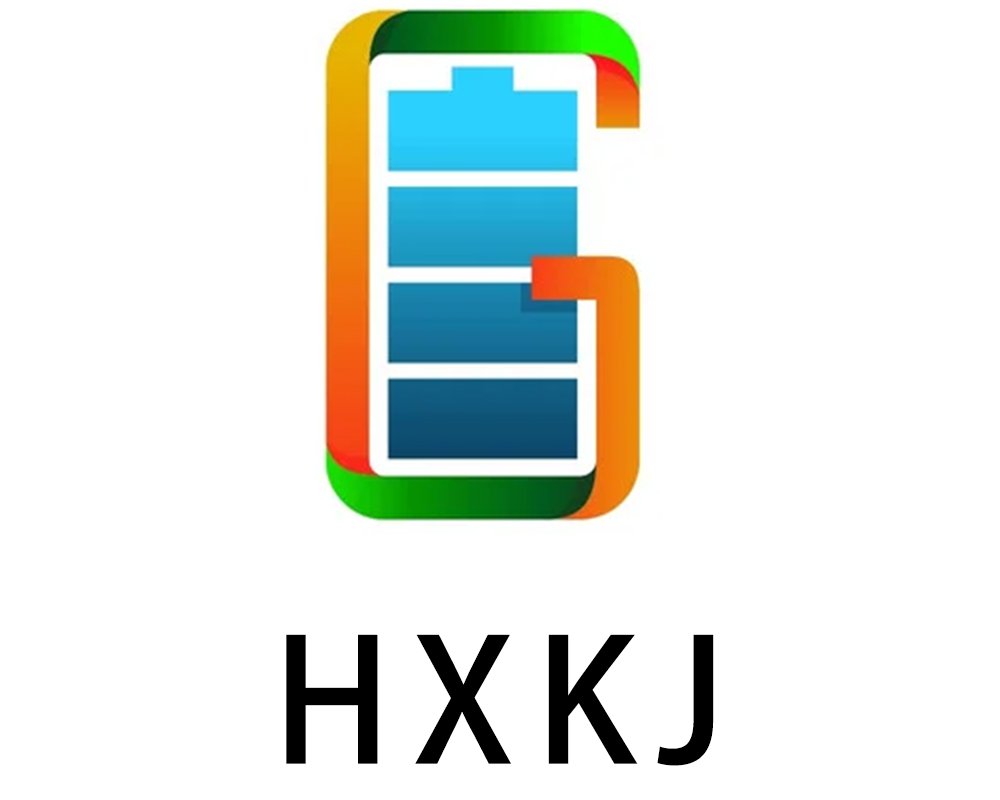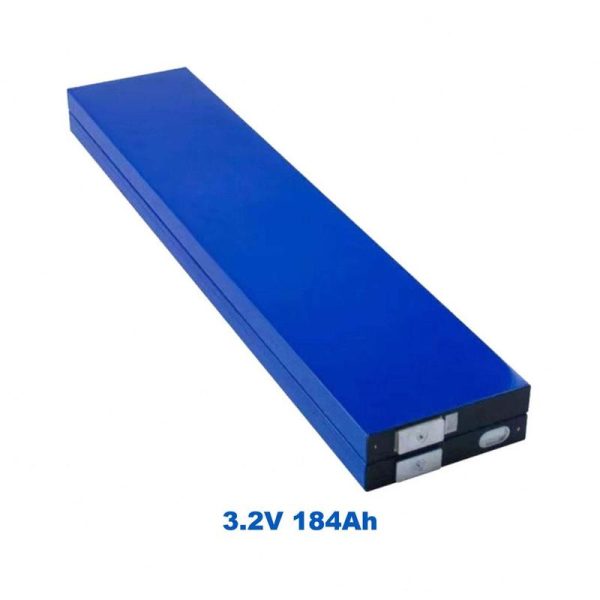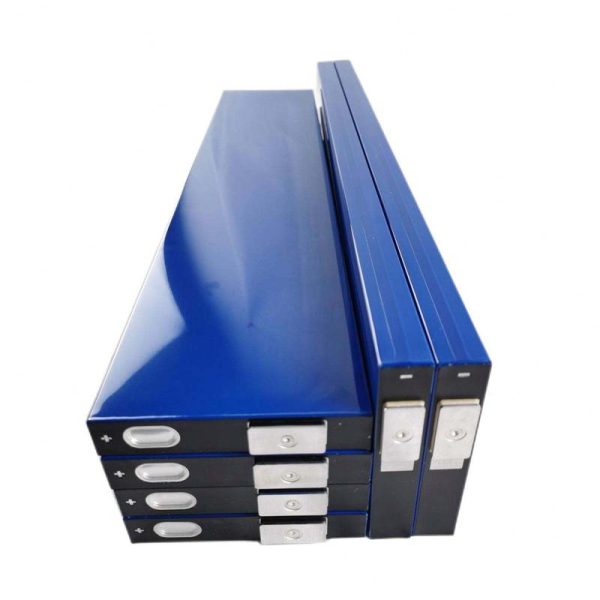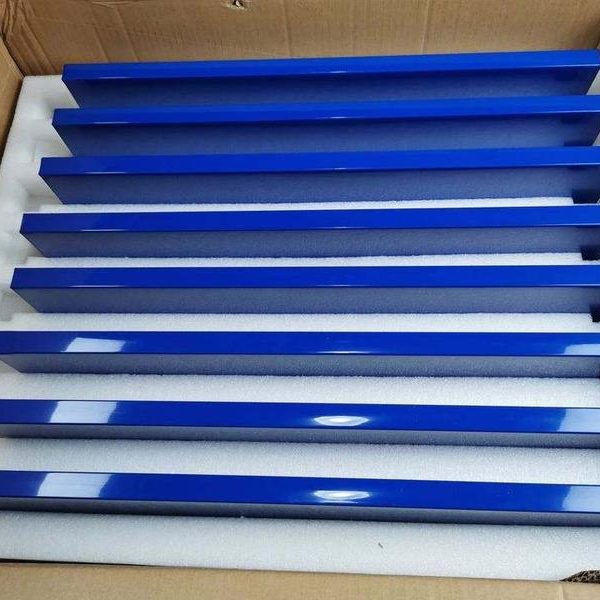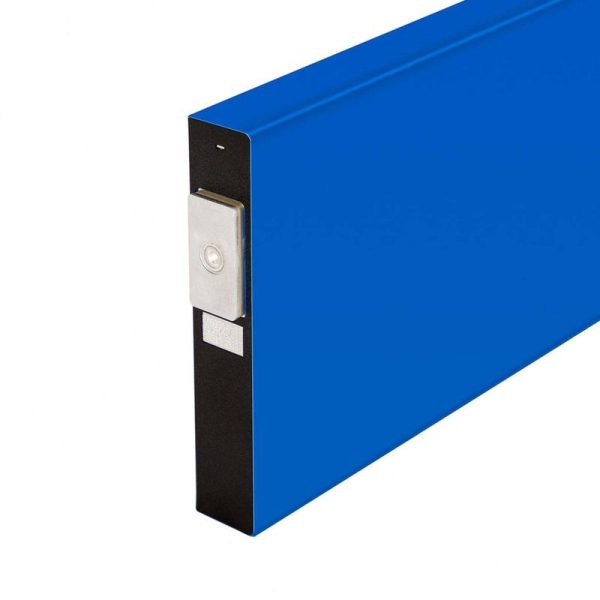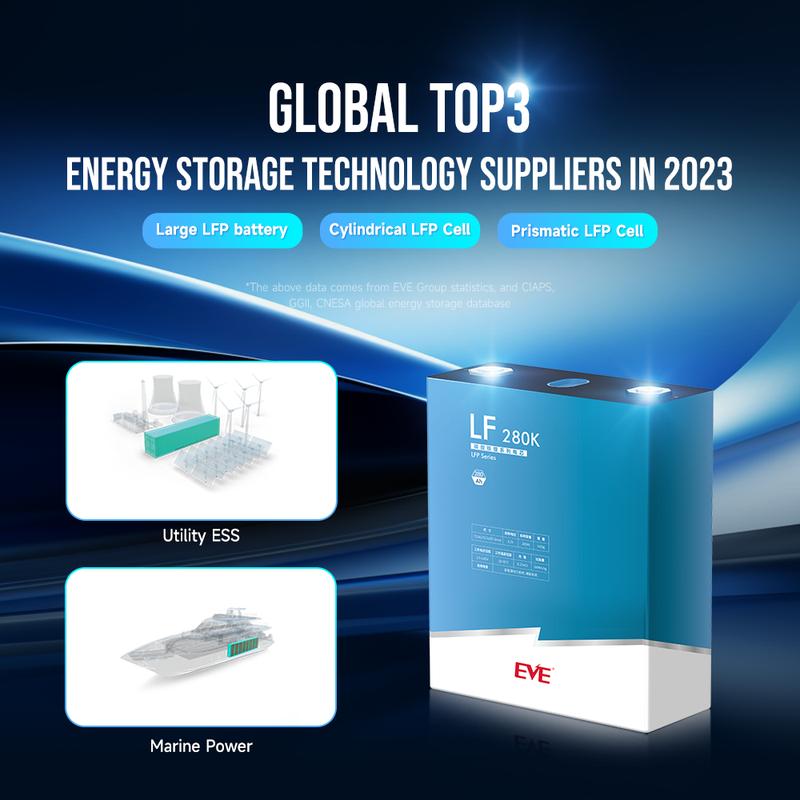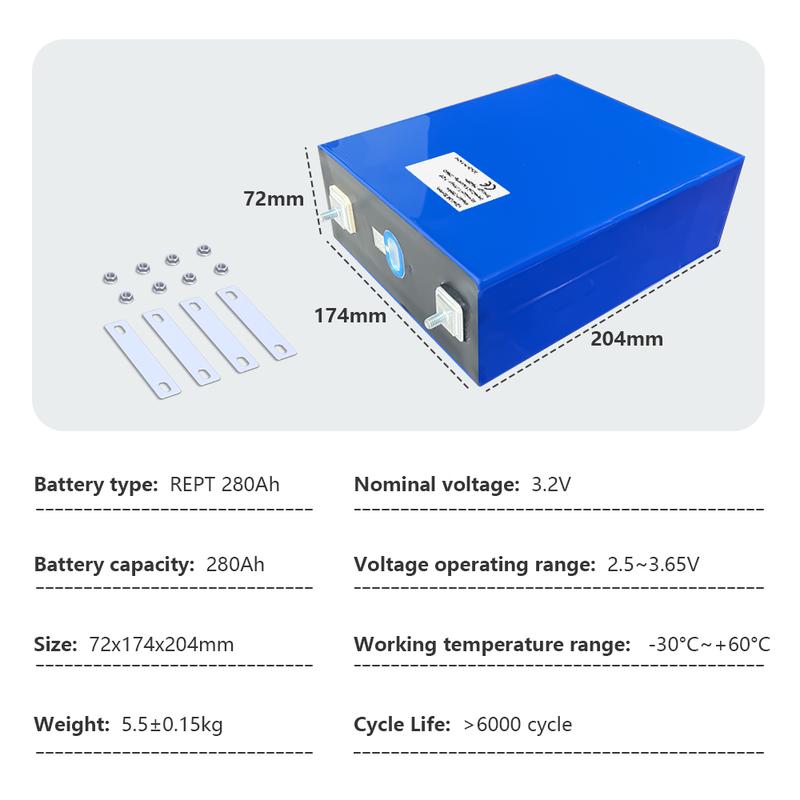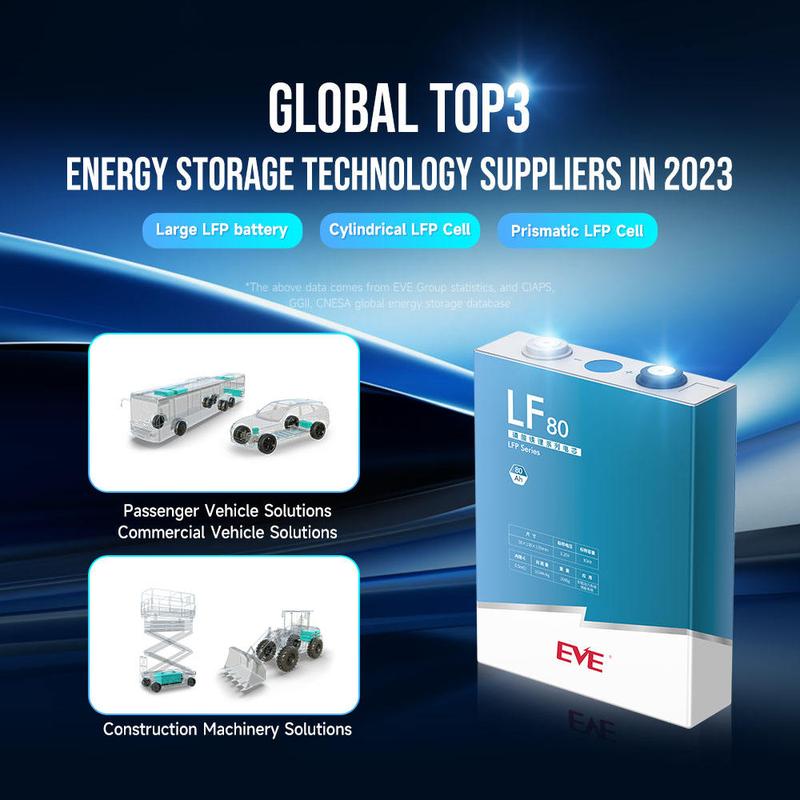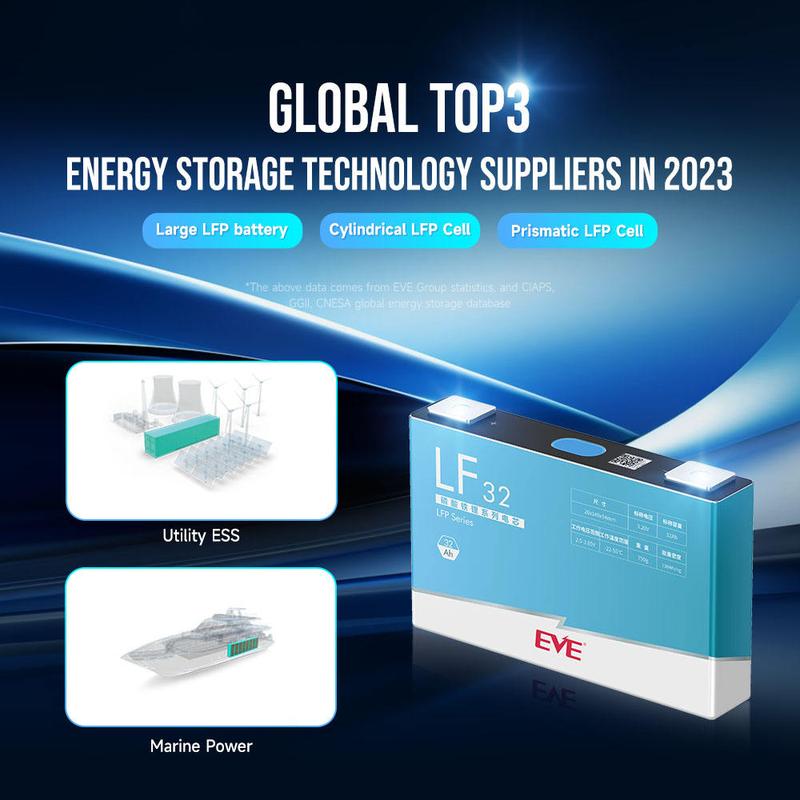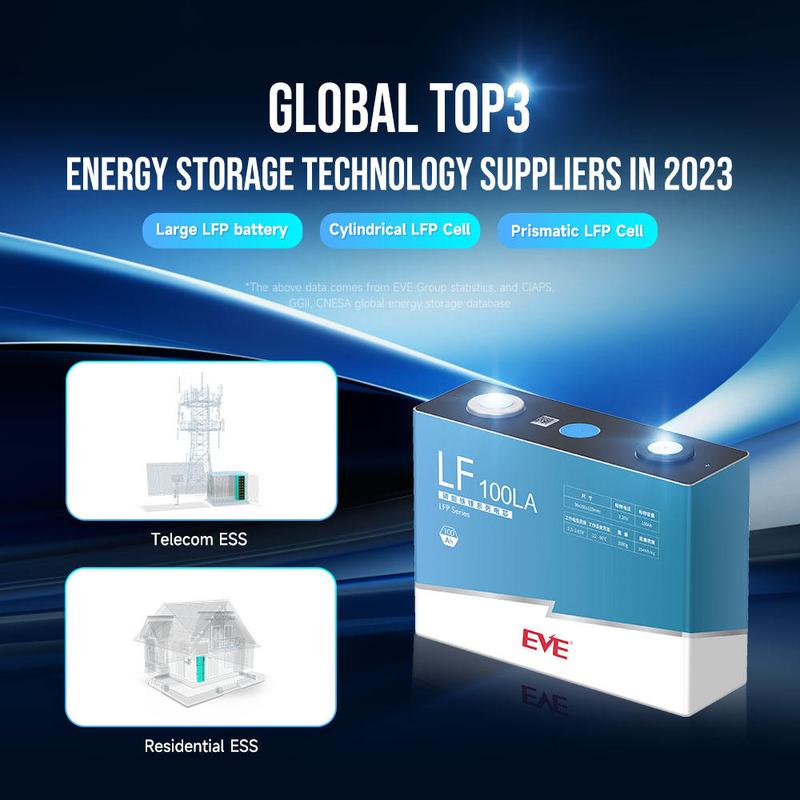-
Guoli Building, Zhonghang Road
Svolt 184Ah LiFePO4 Battery 3.2V
Attributes
| Item | Description |
| Battery Specification | 280Ah |
| Application | Solar Energy Storage System, Power Systems |
| Model | 14500 |
| Brand | Brand |
| Weight | 5.6kg / 5.25kg |
| Origin | Guangdong, China |
| Type | LiFePO4 / Lithium Battery |
| Battery Type | LiFePO4 Prismatic Battery |
| Nominal Voltage | 3.2V |
| Material | SVOLT 3.2V 184Ah |
| Dimensions (mm) | 21.5 × 118 × 574 |
| Keywords | Lithium Battery | LiFePO4 |
| Features | Long Cycle Life |
| Usage | Energy Storage System |
Core Application Scenarios
Basic Performance
- Nominal Voltage/Capacity: 3.2V/184Ah (589Wh), Energy Density ≥175 Wh/kg
- Dimensions & Weight: 21mm (T) × 574mm (L) × 118mm (H), Weight ≈3.37kg
- Cycle Life:
- ≥2,500 cycles @25°C (80% capacity retention)
- Stable performance @55°C ambient temperature
- Charge/Discharge Performance:
- Charge: Standard 0.5C (92A), Max charge voltage ≤3.65V
- Discharge: Continuous 1C (184A), Pulse 2C (368A for 30s); Cut-off voltage ≥2.5V
- Temperature Range:
- Charge: 0°C~55°C (pre-heat required below 0°C)
- Discharge: -20°C~55°C
Note
Charge and Discharge Management
Voltage limitation: charging cut-off voltage ≤3.65V, discharging cut-off voltage ≥2.5V; recommended depth of discharge (DoD)≤80% to prolong life.
Low-temperature charging: below -20℃ should be preheated to above 0℃ before charging to avoid lithium dendrite precipitation.
- Storage and Maintenance
Long-term storage: It is recommended to keep the battery at 30%~50%, storage temperature 0℃~35℃, humidity <95%.
Heat dissipation requirement: Keep ≥5mm gap when installing to avoid heat accumulation under high temperature environment.
- Safe operation
Prohibit short circuit/reverse connection: laser welding or copper row should be used for terminal connection to avoid direct welding damage to the battery core.
Recycling: Recycling through professional organizations, no incineration or landfill.
10 things to note when purchasing products from China
Help Center
Have a query? Please check this question and answers
It is prohibited to mix different brands or batches of batteries for reasons including:
Capacity difference: CATL 280Ah and EVE LF280K actual capacity error ±3%, parallel connection may lead to reverse charging loss;
Inconsistency in internal resistance: BMS equalization fails after mixing, accelerating the attenuation of the weakest monomer in the group (barrel effect).
Solution: Separate the capacity and selection before grouping to ensure that the difference in internal resistance is less than 1mΩ and the difference in voltage is less than 10mV.
The products are UN38.3 (aviation safety certification), CE (European Union access), RoHS (no hazardous substances) certified
In the case that the description of the battery you are shopping for states that it still works at that temperature, the capacity drops to 50%-60% at -20°C, it is recommended:
Optional low temperature electrolyte (boost 10%-15% capacity);
Add preheating system (e.g. solar energy storage scenario).
High temperature protection: 55°C is the upper working limit, need to:
Avoid direct sunlight (add sunshade for outdoor installation);
Regularly check the cooling ducts and keep the distance between batteries ≥ 5cm
It is strongly recommended to use the original matching charger. The battery supports 1C standard charging (280A current), if using a non-specialized charger may lead to:
Risk of overcharging: over-voltage of ordinary lead-acid charger (e.g. 58.4V for Li-ion Sainty) may trigger the protection board to lock up;
Loss of efficiency: non-matching chargers may not be able to activate the BMS equalization function, resulting in widening the voltage difference between single units.
Recommended configuration: 48V system using 58.4V lithium iron phosphate special charger, support Bluetooth module real-time monitoring of the charging status.
Protective measures: wear insulating gloves and goggles, use matching copper rows (free connectors included) to reduce contact resistance;Environmental requirements: working temperature -20°C~55°C, humidity <70%, avoid direct sunlight;
Parallel/series connection rules: parallel connection requires the same cell capacity, series connection requires the configuration of active equalization BMS.
Q: How to extend the overall life of the battery pack?
A: Follow the “barrel theory” – check the weakest cell regularly:
Use a voltmeter to check the consistency of the cells every month;
Avoid frequent fast charging (>1C) or deep discharging (<10%);
For energy storage scenarios, we recommend charging to 90% and discharging to 20% to slow down the degradation.
Lithium iron phosphate battery capacity drops to 50-60% of normal at -20°C (about 70% for ternary batteries)
If the voltage of the whole pack is lower than the nominal value or the temperature of a single unit is too high, it may be due to wrong connection, short circuit or poor cell consistency.
Suggestion: Check whether the electrode connection is loose or reversed;
Use active equalization module to balance the voltage of the cell;
Replace the monobloc with abnormal performance
